Spice It Up! 7 Must-Try Italian Blend Seasoning Recipes for Every Home Cook
If you've ever opened a jar of dried herbs and instantly been transported to the rolling hills of Tuscany or the bustling markets of Sicily, then you know just how powerful spices can be. But what makes an Italian blend seasoning so special? Whether you're whipping up a quick pasta dish or slow-roasting vegetables, the right spice mix can turn your kitchen into a mini trattoria.
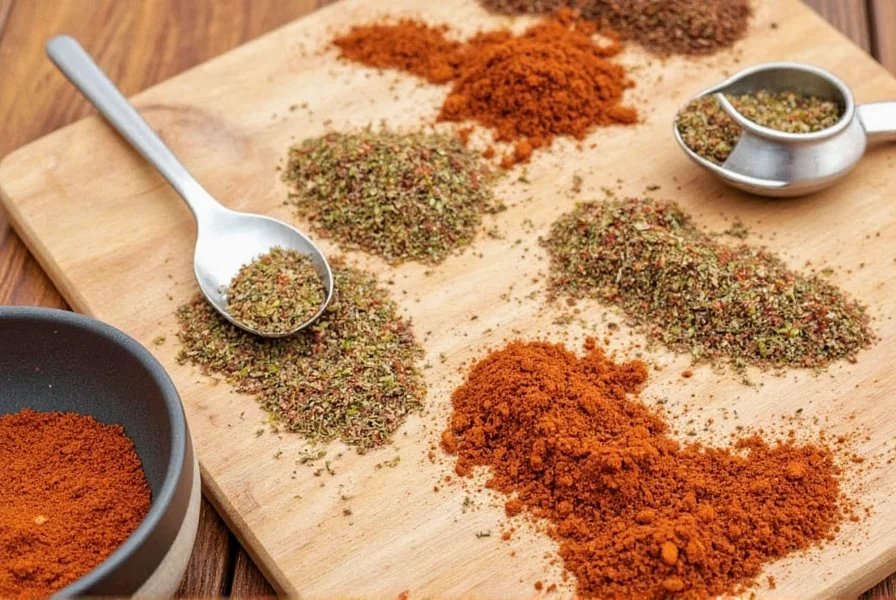
Table of Contents
- What is an Italian Blend Seasoning?
- Homemade Italian Blend Seasoning Recipes
- Creative Ways to Use Your Italian Seasoning Mix
- Buying Guide: Choosing the Best Pre-Made Italian Seasoning Blends
- How to Store and Extend Shelf Life of Spice Blends
- Final Thoughts: Spice Like a Pro
What is an Italian Blend Seasoning?
An Italian blend seasoning is typically a combination of aromatic herbs native to Italy or commonly used in Italian cuisine. While recipes vary, they often include ingredients like basil, oregano, rosemary, thyme, sage, marjoram, and sometimes even garlic powder or red pepper flakes for a bit of kick.
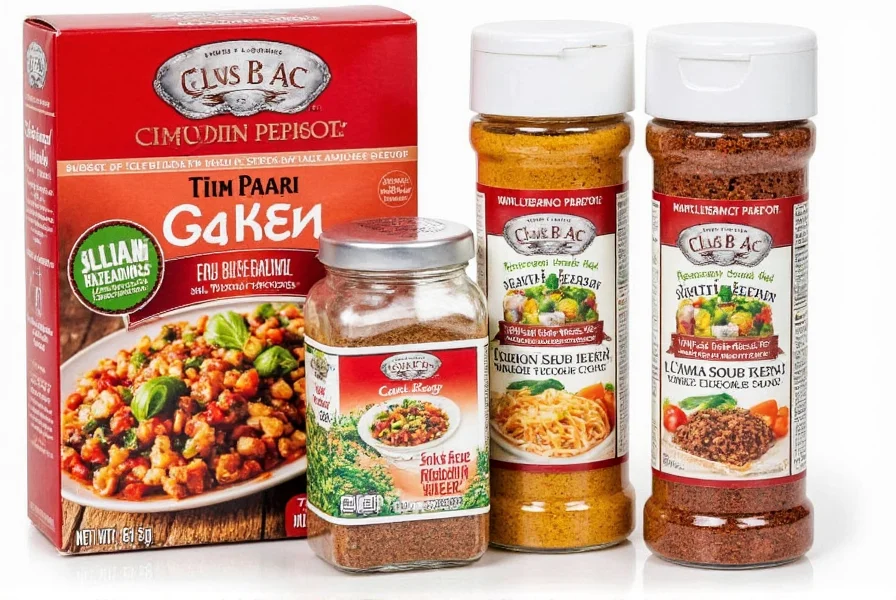
Common Ingredients in an Italian Seasoning Mix
| Herb | Flavor Profile | Best For |
|---|---|---|
| Basil | Sweet, peppery, slightly minty | Pasta sauces, pesto, salads |
| Oregano | Earthy, warm, slightly bitter | Pizza, tomato sauces, grilled meats |
| Thyme | Woody, earthy, slightly minty | Stews, roasted veggies, breads |
| Rosemary | Pine-like, strong, fragrant | Roasted potatoes, meats, focaccia |
| Marjoram | Milder than oregano, sweet and citrusy | Stuffings, soups, mild sauces |
| Sage | Earthy, savory, slightly peppery | Stuffings, sausages, butter sauces |
Homemade Italian Blend Seasoning Recipes
Want to bring more depth to your dishes and save money at the same time? Making your own Italian seasoning blend at home is easier than you think—and it’s also a fun way to personalize flavors. Here are seven different takes on the classic Italian seasoning mix:
1. Classic Mediterranean Italian Blend
- 3 tbsp dried basil
- 2 tbsp dried oregano
- 1 tbsp dried thyme
- 1 tbsp dried rosemary (chopped finely)
- 1 tsp crushed red pepper flakes (optional)
2. Herb-Forward Delicate Mix
- 2 tbsp marjoram
- 2 tbsp basil
- 1 tbsp thyme
- 1 tbsp sage
3. Rustic Country Style Blend
- 2 tbsp rosemary
- 2 tbsp oregano
- 1 tbsp thyme
- 1 tbsp garlic powder
- 1 tsp smoked paprika
4. Spicy Southern Twist
- 3 tbsp oregano
- 2 tbsp basil
- 1 tbsp red pepper flakes
- 1 tsp fennel seeds (crushed)
- 1 tsp black pepper
5. Lemon & Herb Bright Blend
- 2 tbsp lemon zest (dried or fresh)
- 2 tbsp basil
- 1 tbsp thyme
- 1 tbsp marjoram
- 1 tsp grated Parmesan (optional)
6. Garlic Lovers’ Mix
- 3 tbsp garlic powder
- 2 tbsp oregano
- 1 tbsp basil
- 1 tbsp thyme
- 1 tsp onion powder
7. All-Purpose Everyday Blend
- 2 tbsp oregano
- 2 tbsp basil
- 1 tbsp thyme
- 1 tbsp rosemary
- 1 tsp garlic powder
- ½ tsp black pepper
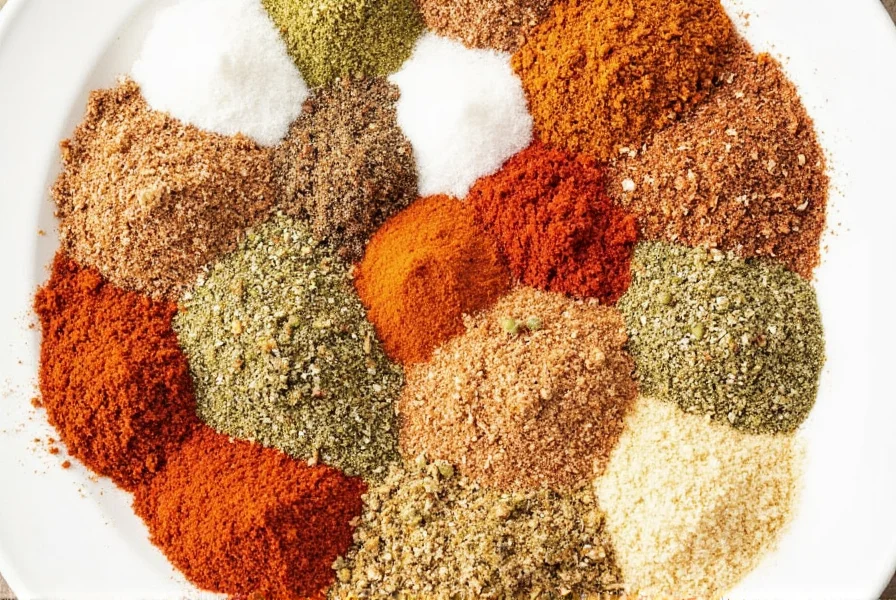
Creative Ways to Use Your Italian Seasoning Mix
Once you’ve got your custom blend ready, the sky’s the limit when it comes to flavoring your meals. Here are some inspired ways to use your Italian seasoning beyond the obvious pasta sauces and pizza toppings:
- Season Popcorn: Sprinkle your mix over hot popcorn for a savory twist that’s perfect for movie nights.
- Boost Roasted Veggies: Toss carrots, zucchini, or eggplant with olive oil and a generous pinch of your blend before roasting.
- Make Flavored Breadcrumbs: Mix into breadcrumbs for coating chicken, fish, or mozzarella sticks.
- Infuse Olive Oil: Combine your blend with extra virgin olive oil in a bottle and let it infuse for a few days—great for drizzling or dipping.
- Enhance Risotto: Stir in during the last few minutes of cooking for an instant Italian flair.
- Upgrade Grilled Cheese: Mix into mayo or butter before spreading on sandwich bread for a herby kick.
- Flavor Soups & Stews: Add during the simmering stage for a robust background flavor.
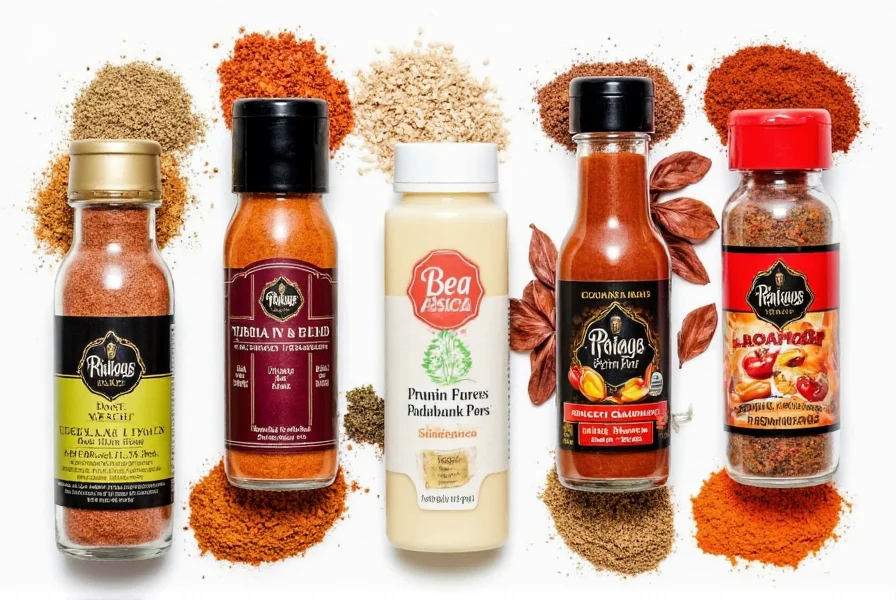
Buying Guide: Choosing the Best Pre-Made Italian Seasoning Blends
Not everyone has the time or tools to create their own blends from scratch. If you’re shopping for a high-quality store-bought Italian seasoning mix, here are a few things to look for and our top recommendations:
Things to Consider When Buying Italian Seasoning
- Freshness: Look for packaging with a clear expiration date or “best by” label. Fresh herbs = more flavor.
- Ingredient List: Avoid mixes with unnecessary fillers like anti-caking agents or artificial additives.
- Balance: A good Italian seasoning should have a balanced profile—not too heavy on one herb unless specified.
- Brand Reputation: Stick with reputable brands known for quality spices like McCormick, Simply Organic, Badia, or Simply Nature.
Top 5 Pre-Made Italian Seasoning Brands
| Brand | Features | Advantages | Use Cases | Audience |
|---|---|---|---|---|
| McCormick Italian Seasoning | Classic blend with basil, oregano, thyme, and garlic | Widely available, affordable, consistent flavor | Everyday cooking, sauces, pizzas | Home cooks, beginners |
| Simply Organic Italian Seasoning | Organic certified, no artificial additives | Clean label, great for health-conscious consumers | Health-focused meals, organic diets | Organic food lovers |
| Badia Italian Seasoning | Contains crushed garlic and black pepper | Robust flavor, bold taste, affordable | Grilled meats, soups, stews | Cooking enthusiasts |
| Simply Nature Organic Italian Seasoning | Whole Foods brand, organic, gluten-free | Natural, clean ingredient list | Diet-specific dishes, vegan-friendly | Vegans, allergy-sensitive cooks |
| Gabriel’s Fire Roasted Italian Seasoning | Smoky flavor with fire-roasted notes | Unique flavor profile, gourmet appeal | Steak, roasted veggies, charcuterie boards | Foodies, grill masters |
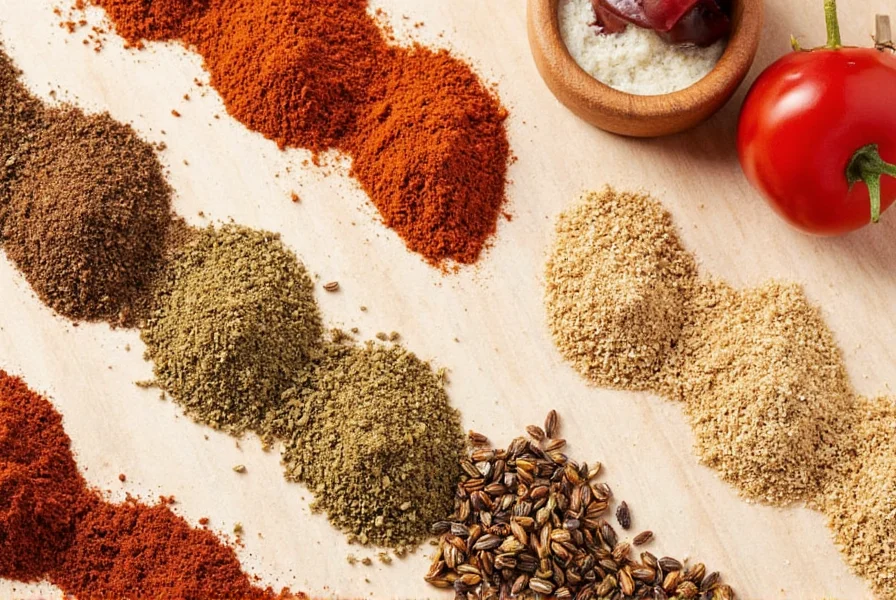
How to Store and Extend Shelf Life of Spice Blends
To ensure your homemade or store-bought blends stay potent and flavorful, proper storage is key. Here are a few pro tips:
- Air-tight Containers: Store in sealed glass jars or tins away from heat and moisture.
- Dark Places: Keep in a cool, dark pantry rather than near the stove or oven.
- Label Clearly: Mark each container with the date and contents for easy reference.
- Refrigeration Not Needed: Unless making an oil-based infusion, most dry blends don’t need refrigeration.
- Shelf Life: Ground herbs last about 2–3 years; whole leaves can last up to 4 years.
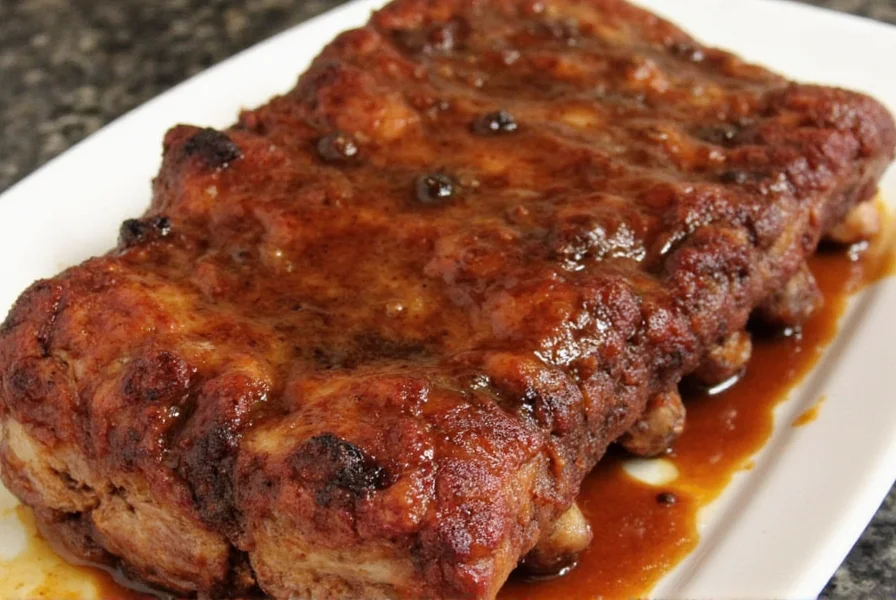
Final Thoughts: Spice Like a Pro
Whether you go DIY or opt for a trusted brand, adding an Italian blend seasoning to your culinary arsenal can open up a world of flavor. These versatile mixes not only elevate your everyday meals but also give you the freedom to experiment and make recipes truly your own.
So next time you're reaching for that plain salt shaker, why not grab a little Italian love instead? Your taste buds—and your dinner guests—will thank you!
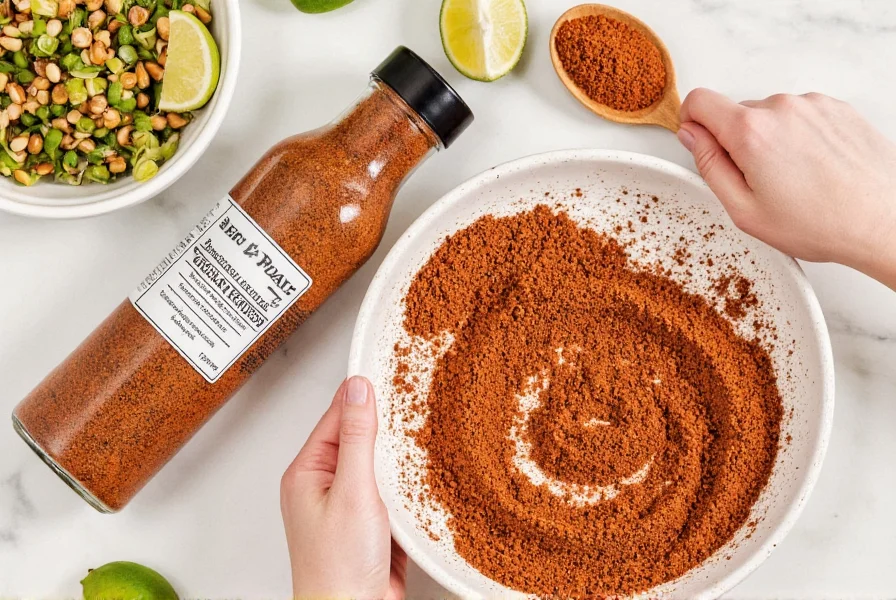











 浙公网安备
33010002000092号
浙公网安备
33010002000092号 浙B2-20120091-4
浙B2-20120091-4